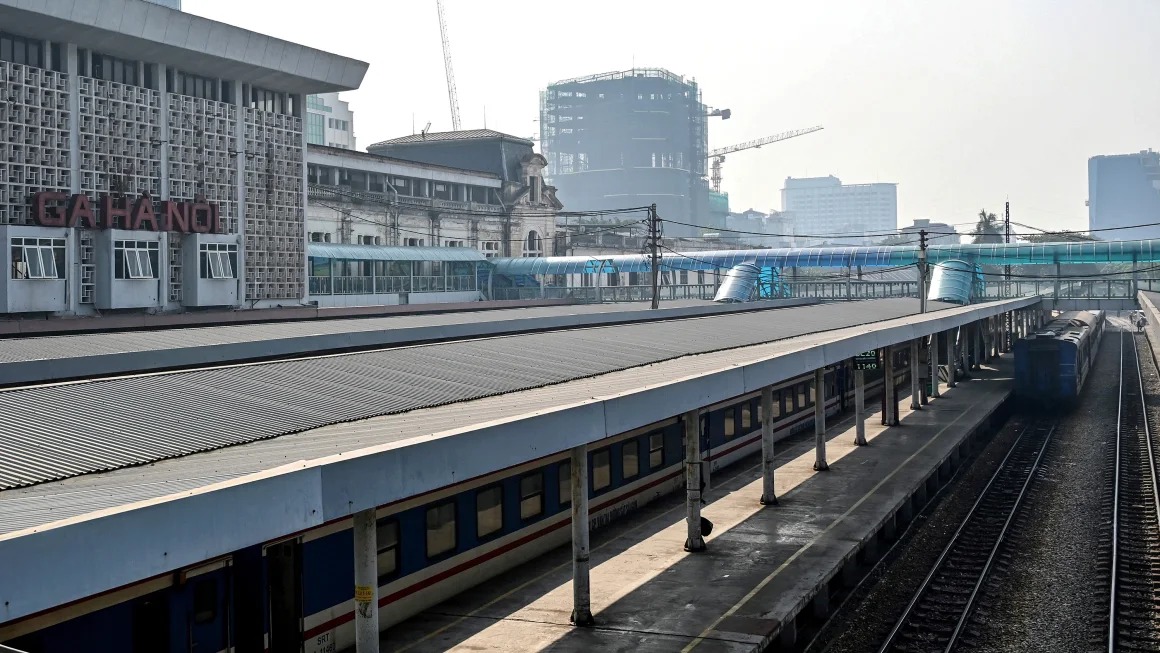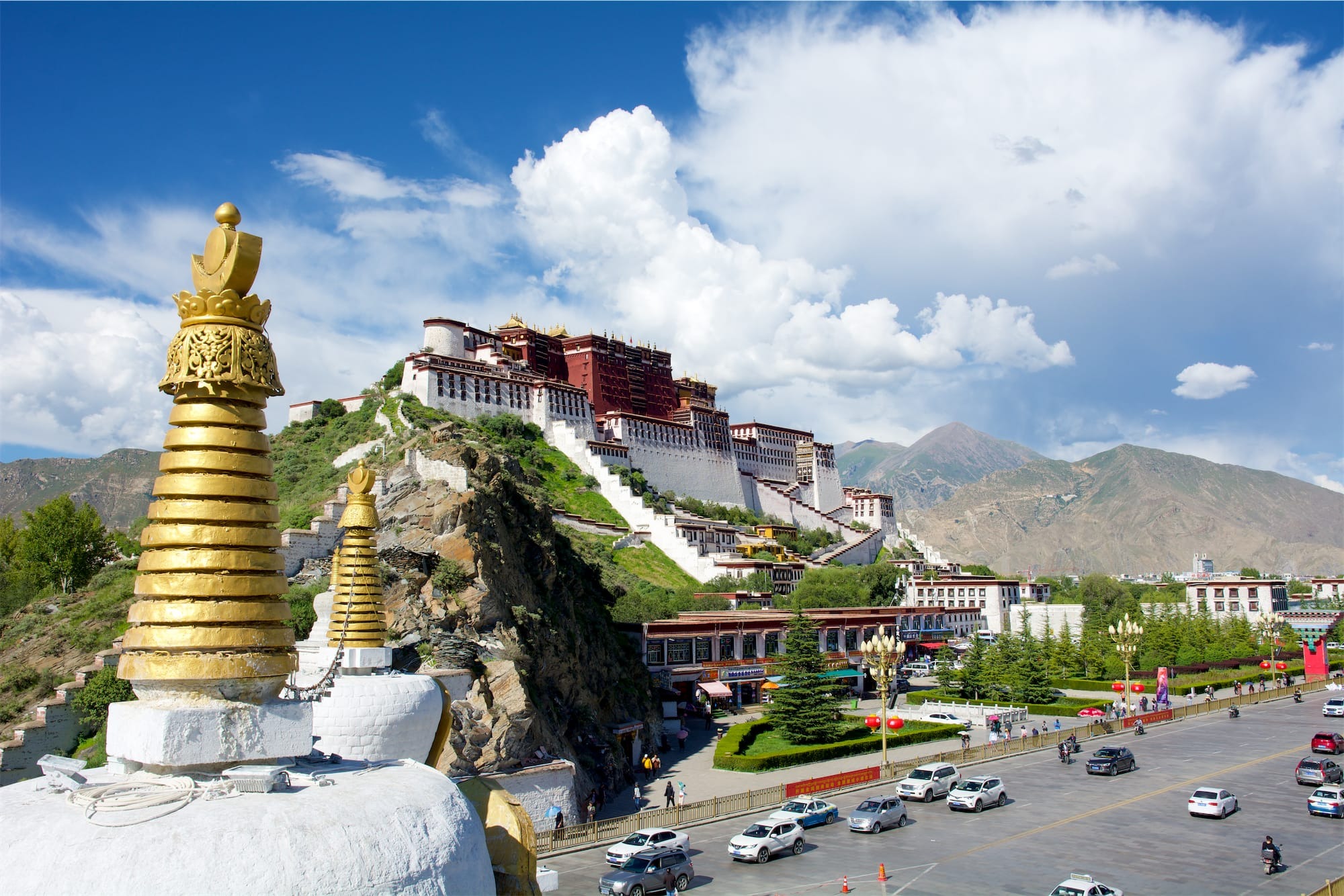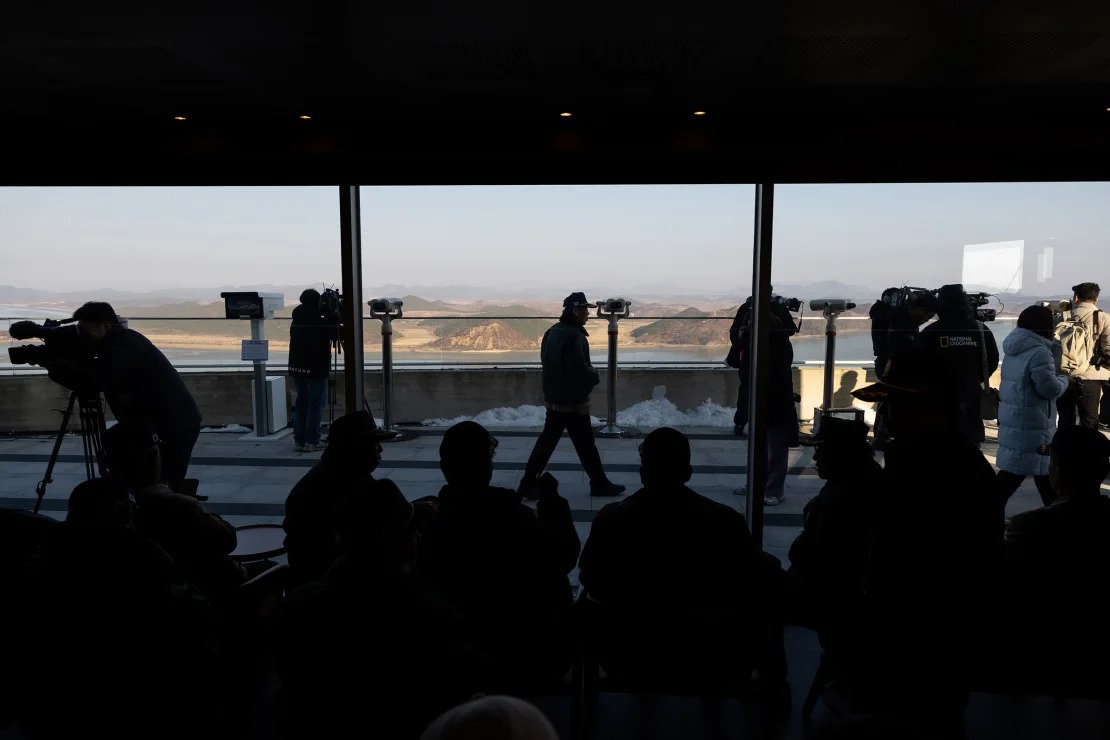Vietnam has made a historic decision, approving a $67 billion high-speed railway project aimed at connecting its two most important cities: Hanoi in the north and Ho Chi Minh City in the south. This ambitious development promises to revolutionize transportation in the Southeast Asian country, significantly improving travel time and setting the stage for future economic growth. With the construction now greenlit by the nation’s rubber-stamp parliament, the project marks a milestone in Vietnam’s infrastructure development.
A Bold Step for Vietnam’s Transportation Future
The proposed high-speed railway will stretch an impressive 1,541 kilometers (957 miles), linking Hanoi, the political capital, with Ho Chi Minh City, the country’s economic powerhouse. This high-speed rail system is expected to reduce the current 30-hour train journey to just five hours, transforming how people travel between the north and south of the country. The introduction of trains capable of traveling at speeds up to 350 kilometers per hour (217 mph) will undoubtedly improve the efficiency and connectivity of Vietnam’s transportation system.
Vietnam’s government has been pushing for modern transportation infrastructure for years, with this rail project being one of the most ambitious and transformative undertakings. Once completed, the high-speed train is expected to significantly reduce the reliance on road transport and the already overburdened domestic air traffic system, especially for shorter domestic routes.
The Economic and Social Impact of the High-Speed Rail System
One of the major driving forces behind the development of this high-speed rail system is the potential to boost Vietnam’s economic development. By dramatically reducing travel time between its two largest cities, the railway will facilitate smoother business operations, reduce logistical costs, and promote tourism. For example, a business meeting in Ho Chi Minh City that would have required a two-day trip could now be completed in just a matter of hours. This efficiency is expected to make the Vietnamese economy even more attractive to both foreign and domestic investors.
Additionally, the high-speed rail line will provide a boost to the tourism industry. Vietnam is a popular destination for international travelers, and the ability to quickly move between regions will enhance the country’s appeal for those wishing to explore its diverse offerings. Tourists will find it much easier to experience the bustling cities, beautiful countryside, and pristine beaches within the same trip, all thanks to the rail system’s efficiency.
Furthermore, by connecting the north and south of the country, the rail line will likely enhance cultural exchange and understanding between the people in these regions. The distance between the two cities has historically contributed to a sense of separation between the northern and southern populations, but improved transport links could foster greater national unity.
Environmental Considerations: A Greener Alternative
The development of the high-speed rail system also has environmental benefits, as it presents a greener alternative to road travel and air transport. The high-speed trains will be powered by electricity, thus reducing carbon emissions compared to fossil-fuel-dependent transportation methods like cars and planes. As Vietnam is working towards more sustainable development, this rail project can help the nation meet its environmental goals while enhancing its transportation infrastructure.
By promoting a shift from road and air traffic to rail, the project could also help alleviate the environmental pressures caused by increasing congestion on highways and at airports. The shift to public transportation will reduce the number of cars and trucks on the road, easing traffic jams and lowering pollution levels, which is particularly critical in rapidly growing urban centers like Hanoi and Ho Chi Minh City.
Challenges and Concerns: A Project of Scale
While the high-speed rail project is a much-anticipated development for Vietnam, it does not come without challenges. The estimated $67 billion cost makes this one of the largest infrastructure investments in the country’s history, raising concerns about financing and budget management. The Vietnamese government has already set aside funds for the project, but there may be the need for external investments or loans to ensure its completion.
The construction phase itself also presents significant logistical and environmental hurdles. The rail line must pass through various landscapes, including dense urban areas, mountains, and forests. As a result, substantial land acquisition will be required, and potential resistance from local communities may need to be addressed.
In addition, building the rail system will require the development of state-of-the-art technology, such as advanced train stations, signaling systems, and electrical grids. Ensuring that all the necessary technological infrastructure is in place to support a modern high-speed rail network will be crucial to the success of the project.
International Collaborations and Technology Transfer
Given the scale of the project, Vietnam is likely to seek international collaboration for technology transfer and expertise. Countries with successful high-speed rail networks, such as Japan, China, and various European nations, could play a significant role in providing technical support and equipment for the project.
For instance, Japanese firms, which have considerable expertise in high-speed rail systems, could provide critical training and technology for Vietnam’s rail system. The Chinese government’s experience in constructing and operating its own high-speed rail network may also provide a valuable model for Vietnam to follow.
Furthermore, foreign firms may also be interested in investing in the project or providing financing through public-private partnerships (PPP). This would help reduce the financial burden on the government and accelerate the timeline for the construction of the rail system.
The Future of Vietnam’s High-Speed Rail Network
Once completed, the Hanoi-to-Ho Chi Minh City high-speed rail project will not only be a significant milestone for Vietnam but could also serve as a model for other countries in Southeast Asia looking to develop their own high-speed rail systems. With Vietnam’s growing economy, the new rail line could attract tourists from across the region, further cementing the country’s position as an economic and cultural hub in Southeast Asia.
Looking to the future, the government may also consider expanding the rail network, eventually connecting more cities and regions across the country. This could open up additional economic opportunities and help to decentralize the population and development away from the two major urban centers of Hanoi and Ho Chi Minh City.
Vietnam’s decision to build a high-speed railway connecting Hanoi and Ho Chi Minh City represents a bold step forward for the country, positioning it to become a modern, integrated transportation hub in Southeast Asia. With its potential to drastically reduce travel times, foster economic growth, and reduce environmental impacts, this project promises to have wide-reaching benefits for both the country and the broader region.
As construction begins and progresses over the next few years, all eyes will be on Vietnam as it embarks on this transformative journey toward a more connected, efficient, and sustainable future. While the road ahead may be challenging, the rewards of a world-class high-speed rail system will no doubt reshape Vietnam’s economic and social landscape for years to come.





















